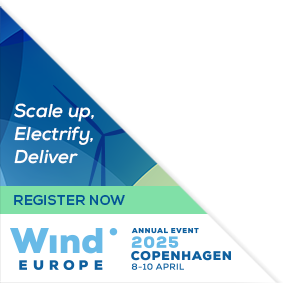Presentations
Siblings:
ProceedingsProgrammeSpeakersPostersContent PartnersPowering the FutureMarkets TheatreResearch & Innovation in actionStudent programmePresenters dashboard
Characterization of a port infrastructure and the main logistics challenges in the offshore wind operations
Monalisa Godeiro, Senior Reseacher/Head of Ports, Creation Research Group (UFRN)
Abstract
The need to reduce the emission of greenhouse gases, culminated in the rapid technological development of offshore wind turbines and the consequent increase in the size and weight of the main components. In 2010 the market installed 3 MW offshore wind turbines, in 2023 a 16 MW turbine was commissioned, with a blade length of 123 meters and rotor diameter of 260 meters. However, this increase brought numerous challenges and made the logistics and installation of the turbines more complex, as higher capacity projects mean additional efforts, which requires careful planning and execution to ensure the safe, efficient, and effective transport and delivery of equipment, materials and people. Faced with this reality, the research question is: What are the main logistical challenges in the offshore wind sector and how innovation can be used to mitigate these bottlenecks? This study aims to identify the main logistical challenges inherent in operations and to analyse how innovation has been used to mitigate these problems. To achieve this, the research method included 4 stages: i) state of the art on logistics and offshore wind; ii) know the main logistics operations and their complexity; iii) identify the main challenges; iv) analyse how innovation contributes as an alternative to the logistics optimization of the sector. As a result, the 13 main challenges that are faced in mature markets and the 11 main innovations that have been used to optimize the logistics process, reduce costs, and ensure efficiency and effectiveness in operations, were obtained. With this, the study contributes not only to mature markets, in the sense of experiencing innovation beyond technological development, also overcoming logistical challenges, but also to new markets, in the sense of helping to predict the challenges that will come and how to mitigate them in the best way.










